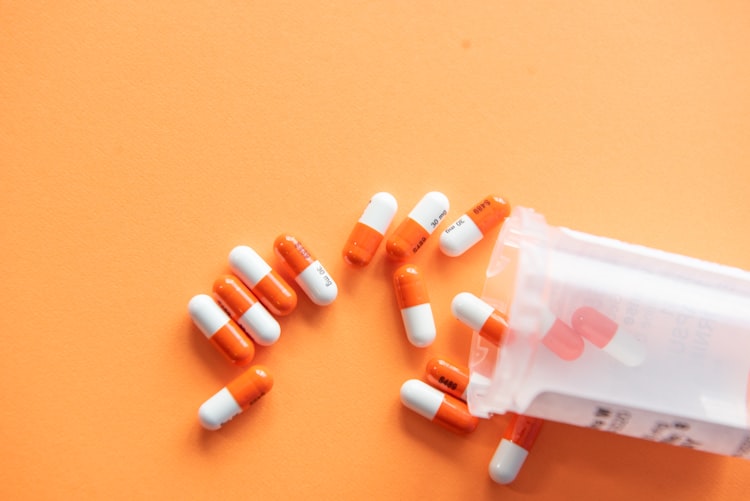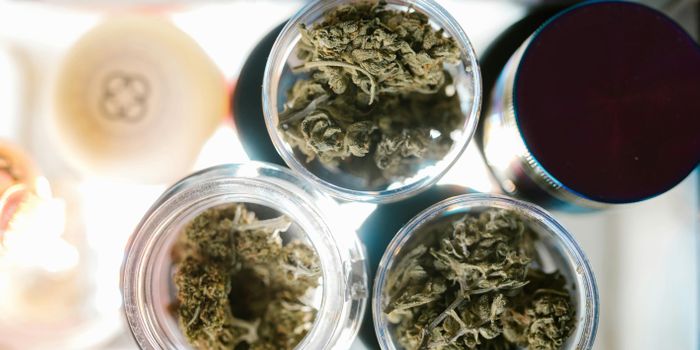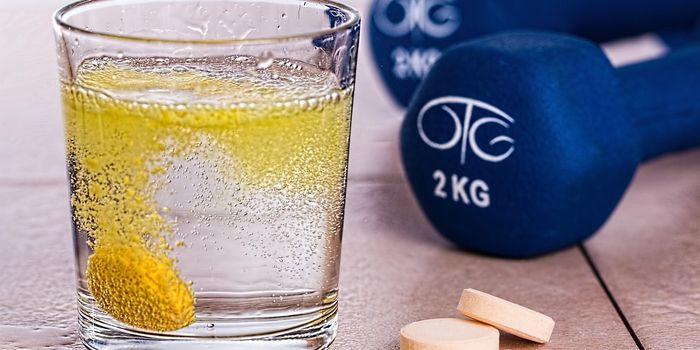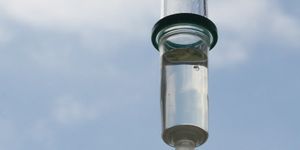'Non-active' Ingredients in Drugs May Actually Be Active
Sometimes ‘silent’ or inert ingredients, such as dyes and preservatives, that are found in common therapeutics may be biologically active and due harm. According to a preliminary study by researchers from the UC San Francisco School of Pharmacy and the Novartis Institutes for BioMedical Research (NIBR), these inert ingredients may lead to adverse side-effects.
"Our study was meant to expand on anecdotal evidence that excipients may be the culprits of unexpected physiological effects seen in certain drug formulations," said study lead author Joshua Pottel, PhD, a former postdoctoral researcher in the Shoichet lab who is now President and CEO of Montreal-based Molecular Forecaster Inc. "It was not so surprising to find new properties of understudied compounds that have been grandfathered in as 'inactive' for decades, but it was surprising to see how potent some of these molecules are, especially considering the fairly high quantities sometimes used in typical drug formulations."
Learn more on how drugs are made:
Generally speaking, medicines contain a fairly small amount of active pharmaceutical ingredient. What makes up the rest of the drug? Inert components such as preservatives, dyes, antimicrobials and other compounds known as excipients.
"These data illustrate that while many excipient molecules are in fact inert, a good number may have previously unappreciated effects on human proteins known to play an important role in health and disease," says says Brian Shoichet, PhD, of the UCSF Department of Pharmaceutical Chemistry. "We demonstrate an approach by which drug makers could in the future evaluate the excipients used in their formulations, and replace biologically active compounds with equivalent molecules that are truly inactive."
Source: Science Daily









